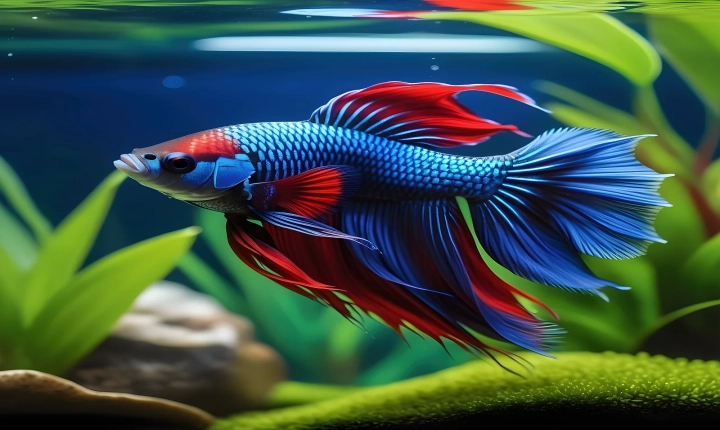AI art has been making headlines in recent years as the technology continues to advance and produce stunning works of art. However, its rapid development has also raised concerns among some artists who worry that AI art could pose a threat to their livelihoods and creative expressions.
One of the main concerns surrounding AI art is the fear that it could devalue the work of human artists. As AI algorithms become increasingly sophisticated, they are capable of producing artwork that is indistinguishable from pieces created by humans. This raises questions about the originality and authenticity of AI-generated art, as well as its impact on the perception of art as a whole.
Furthermore, the widespread availability of AI art tools and platforms has made it easier for non-artists to create seemingly impressive works of art, raising concerns about the democratization of art and the devaluation of traditional artistic skills. This accessibility could potentially create a saturation of the market with AI-generated art, making it more challenging for human artists to gain recognition and make a living from their work.
Another worrying aspect of AI art is its potential to perpetuate biases and stereotypes present in the training data used to develop the algorithms. As AI systems learn from existing artwork, they may replicate and perpetuate existing cultural and societal biases, limiting the diversity and representation in art.
On the other hand, proponents of AI art argue that it has the potential to complement and enhance the creative process for human artists. AI tools can be used as a source of inspiration, aiding artists in generating new ideas and pushing the boundaries of their creativity. Additionally, AI technology can provide new mediums and techniques for artists to explore, expanding the possibilities for artistic expression.
Moreover, some artists have embraced AI as a new medium, incorporating it into their creative practice to explore new artistic concepts and techniques. This has led to the emergence of hybrid art forms that blend the capabilities of AI with human creativity, challenging the traditional notions of art and expanding the artistic landscape.
Ultimately, the impact of AI art on human artists is a complex and evolving issue that demands careful consideration. While there are valid concerns about the potential negative consequences of AI art, there are also opportunities for collaboration and innovation that could benefit artists and the art world as a whole.
As AI art continues to evolve, it is crucial for artists, art institutions, and policymakers to have open discussions about the implications of AI on the art industry and to develop ethical guidelines and regulations to ensure that AI art complements, rather than undermines, the work of human artists. By addressing these concerns and leveraging the potential of AI art thoughtfully, it is possible to create a future where AI and human creativity coexist harmoniously, enriching the artistic landscape for generations to come.
